The Ultimate Guide to Natural Menstrual Cramp Relief
“Welcome to The Ultimate Guide to Natural Menstrual Cramp Relief, where we share the best natural remedies and period care tips to help you ease discomfort and feel your best during your menstrual cycle. In this guide, you’ll discover how to achieve the most effective natural menstrual cramp relief through simple lifestyle changes and holistic approaches.”
What Are Menstrual Cramps?
Menstrual cramps, also known as dysmenorrhea, occur when the uterus contracts to shed its lining during menstruation. As a result, the pain can range from mild to severe and is often accompanied by bloating, fatigue, and mood changes. Understanding the cause of cramps is essential, as it can help you choose the best natural relief methods.
1. Heat Therapy
Firstly, applying heat is one of the most popular and effective ways to relieve menstrual cramps. Heat works by relaxing the muscles of the uterus and improving blood circulation to the area, ultimately reducing pain.
How to Use Heat Therapy:
- For immediate relief, place a heating pad or a hot water bottle on your lower abdomen for 15-20 minutes.
- Alternatively, a warm bath can also offer similar benefits while helping you relax.
- Repeat as necessary to maintain comfort throughout the day.
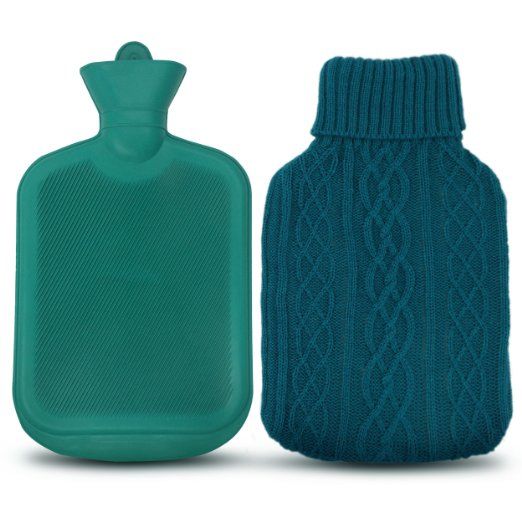
2. Stay Hydrated
In addition to heat therapy, staying hydrated is a simple yet powerful way to ease menstrual discomfort. Dehydration can often worsen bloating, which, in turn, amplifies pain.
Tips for Staying Hydrated:
- Aim to drink 8-10 glasses of water every day.
- To make it more enjoyable, add lemon or cucumber slices to your water.
- Furthermore, herbal teas such as chamomile or ginger not only count as fluids but also provide additional benefits.

3. Sip on Herbal Teas
Herbal teas are another excellent natural remedy for menstrual cramps. These teas contain anti-inflammatory and muscle-relaxing properties, which can help relieve pain effectively.
Herbal Teas for Natural Menstrual Cramp Relief: Best Options to Try
- Ginger Tea: This tea helps lower prostaglandins, which are responsible for pain and inflammation.
- Chamomile Tea: Known for calming the mind and soothing muscle contractions, chamomile is particularly helpful.
- Peppermint Tea: This tea helps alleviate digestive discomfort, which can often accompany cramps.
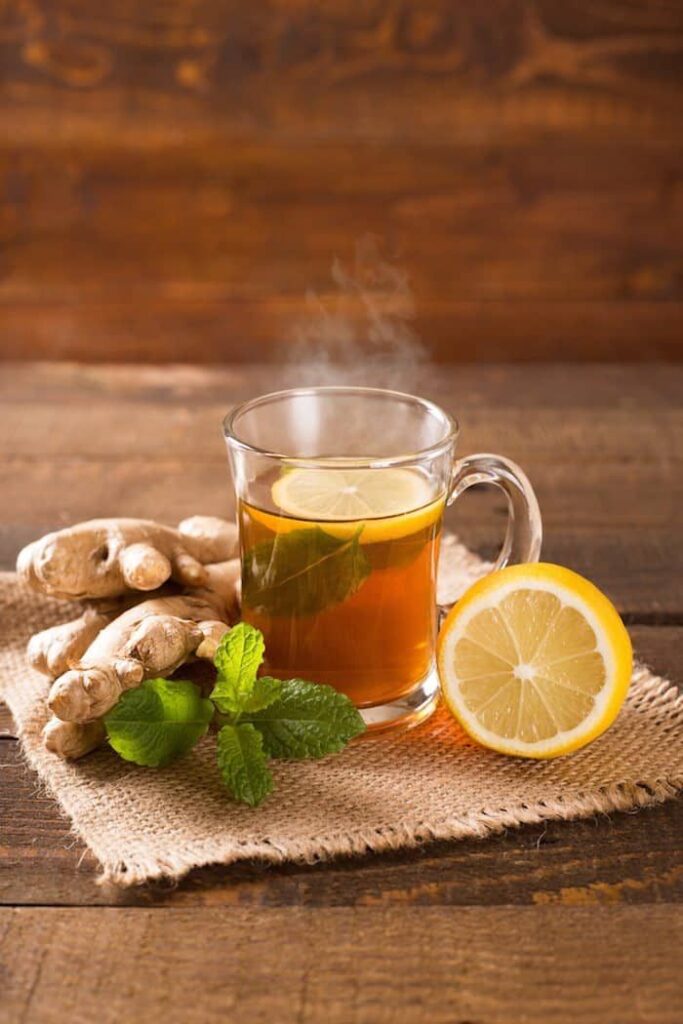
4. Exercise: Move for Relief
Although exercise might not be your first thought during your period, gentle physical activity can provide significant relief. Exercise releases endorphins, which act as natural painkillers and improve mood, helping you feel better both physically and emotionally.
Effective Exercises:
- Yoga Poses: Poses like Child’s Pose and Reclined Twist gently stretch the abdomen and back, offering relief from cramps.
- Walking: Taking a brisk walk can enhance blood circulation and ease pain.
- Stretching: Gentle stretches can relax tense muscles, helping to reduce discomfort.
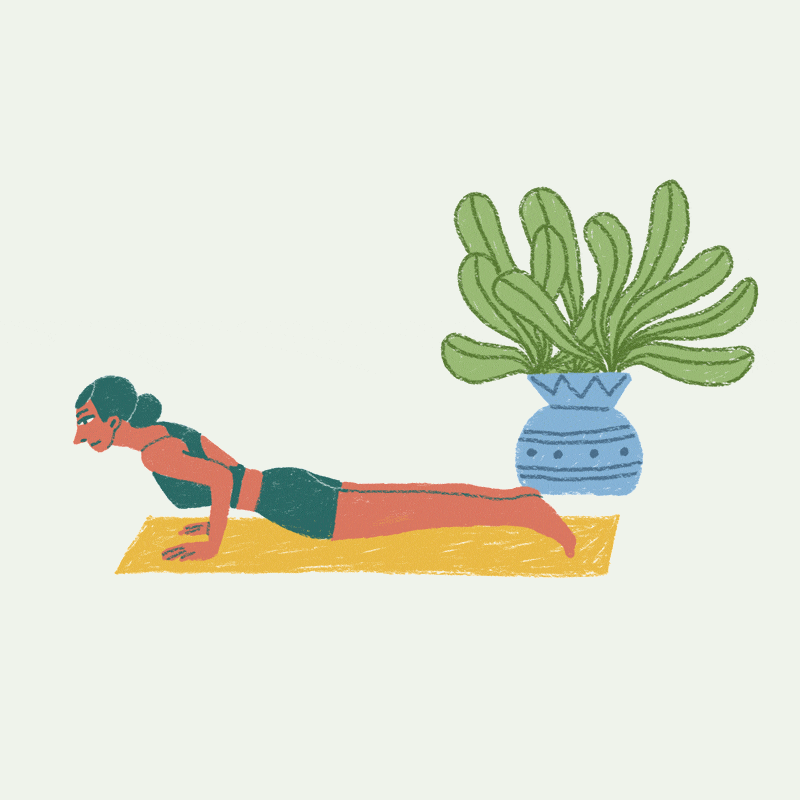
5. Balanced Diet: Fuel Your Body
Moreover, eating the right foods can significantly reduce menstrual discomfort. Anti-inflammatory and nutrient-rich foods support natural relief while promoting overall health.
Foods to Include:
- Fatty Fish: Salmon and mackerel are rich in omega-3 fatty acids, which help reduce inflammation.
- Leafy Greens: Foods like spinach and kale are high in magnesium, a mineral that helps relax muscles.
- Nuts and Seeds: Almonds, walnuts, and flaxseeds provide essential nutrients for overall well-being.
Foods to Avoid:
- Avoid processed snacks that are high in salt and sugar.
- Try to minimize caffeine, as it can increase tension and worsen cramps.
- Additionally, alcohol may dehydrate the body and worsen bloating, so it’s best to avoid it during your period.
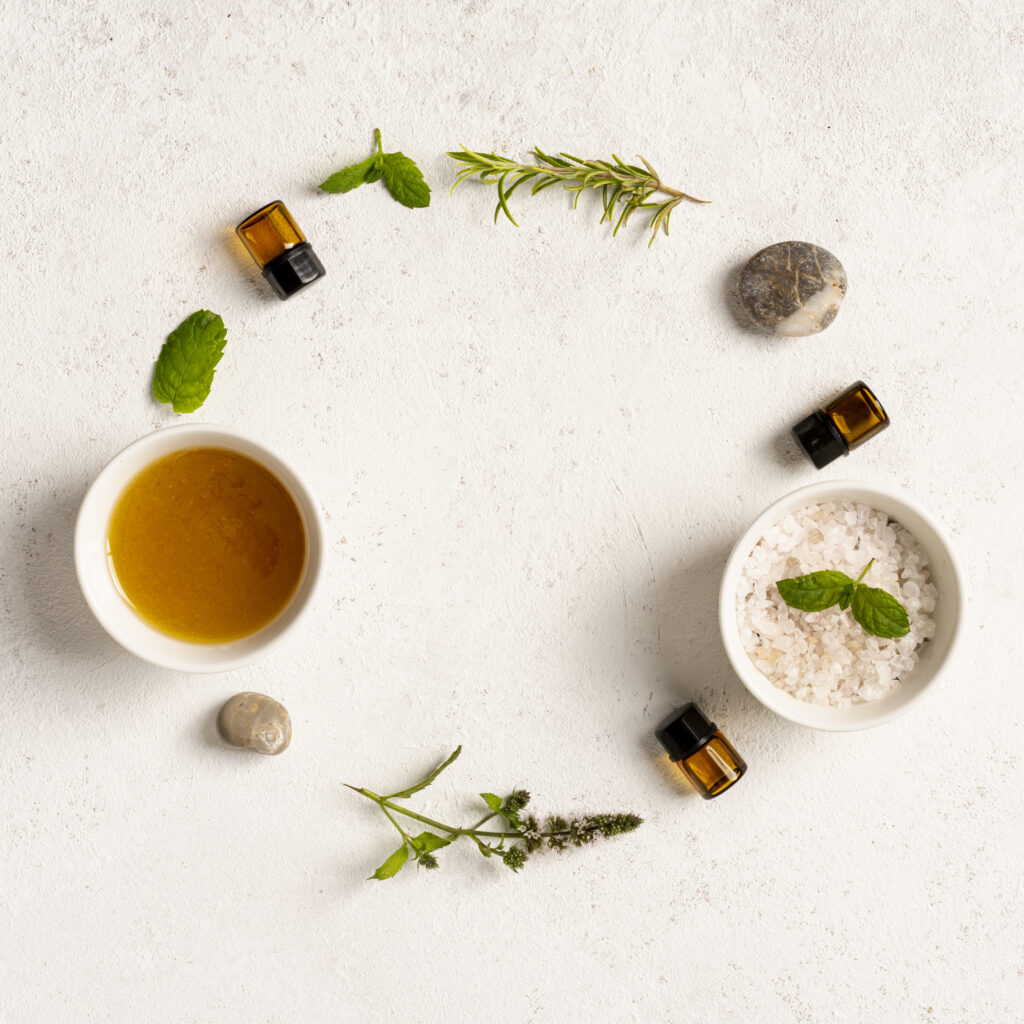
6. Massage with Essential Oils
Another great natural remedy for cramps is a gentle massage with essential oils. Lavender and clary sage oils, in particular, have natural antispasmodic properties, which can effectively reduce pain.
How to Use Essential Oils:
- Mix a few drops of your chosen essential oil with a carrier oil, such as coconut or almond oil.
- Massage this blend onto your lower abdomen in circular motions for 5-10 minutes.
- If you prefer, use a diffuser to enjoy the calming scents while relaxing.
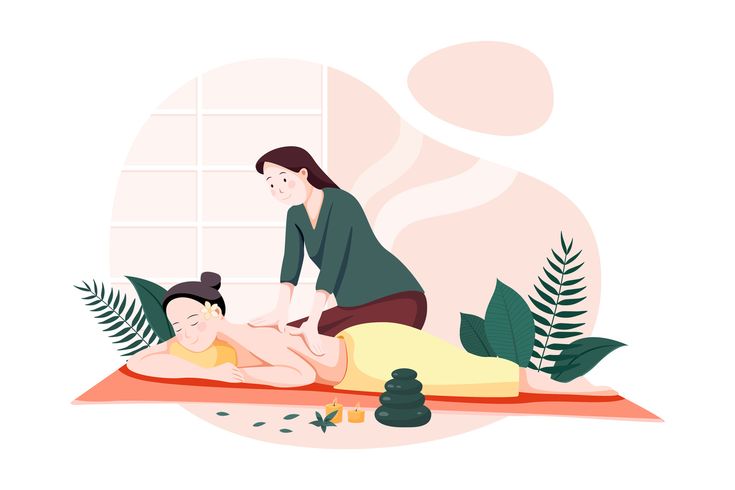
7. Acupressure and Acupuncture
Acupressure and acupuncture are both ancient techniques that help relieve period pain. By stimulating specific points on the body, these methods promote relaxation and reduce pain.
Acupressure and Acupuncture:
- SP6: This point is located three finger-widths above the inner ankle.
- LI4: This point can be found in the webbing between your thumb and index finger.
8. Magnesium: A Natural Solution
In addition, magnesium is a vital nutrient that helps relax muscles and reduce cramping. If you’re not getting enough magnesium through your diet, you may want to consider supplements as an effective natural remedy.
Magnesium-Rich Foods:
- Dark chocolate (in moderation) can help boost magnesium levels.
- Bananas and avocados are both great sources of magnesium.
- Almonds, sunflower seeds, and spinach also contain high levels of magnesium.

9. Aromatherapy: Relax and Relieve
Aromatherapy offers both physical and emotional benefits during menstruation. Essential oils like lavender and eucalyptus promote relaxation, easing both mental and physical tension.
How to Use Aromatherapy:
- Simply add a few drops of essential oil to a diffuser to enjoy its calming effects.
- For even greater relief, combine aromatherapy with a warm bath.
- You can also use scented candles to create a soothing environment, enhancing your overall experience.
10. Stress Management: Keep Calm
It is essential to manage stress, as it can often intensify menstrual cramps. Incorporating stress-reducing practices into your routine will not only help ease cramps but also support your overall health.
Simple Techniques:
- Deep Breathing: Spend five minutes each day inhaling deeply and exhaling slowly.
- Meditation: Use guided meditations to calm both your body and mind.
- Journaling: Writing down your thoughts can help release emotional tension and provide relief from stress.
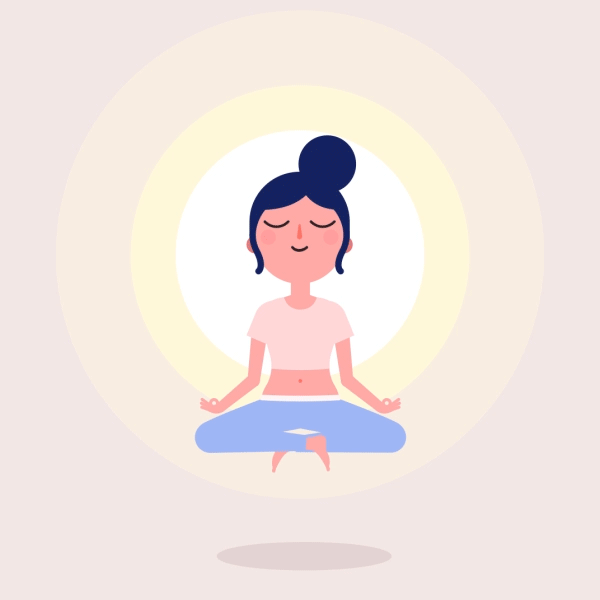
11. Avoid Common Triggers
Certain habits and foods can exacerbate cramps. Therefore, avoiding these triggers is crucial to effectively managing menstrual pain.
Avoiding Common Triggers
- Smoking: Smoking reduces oxygen flow and can increase the severity of cramps.
- High-sugar foods: These foods can cause blood sugar spikes, which worsen mood swings and cramps.
- Tight clothing: Restrictive clothing can add unnecessary pressure, increasing discomfort.
12. Track Your Cycle
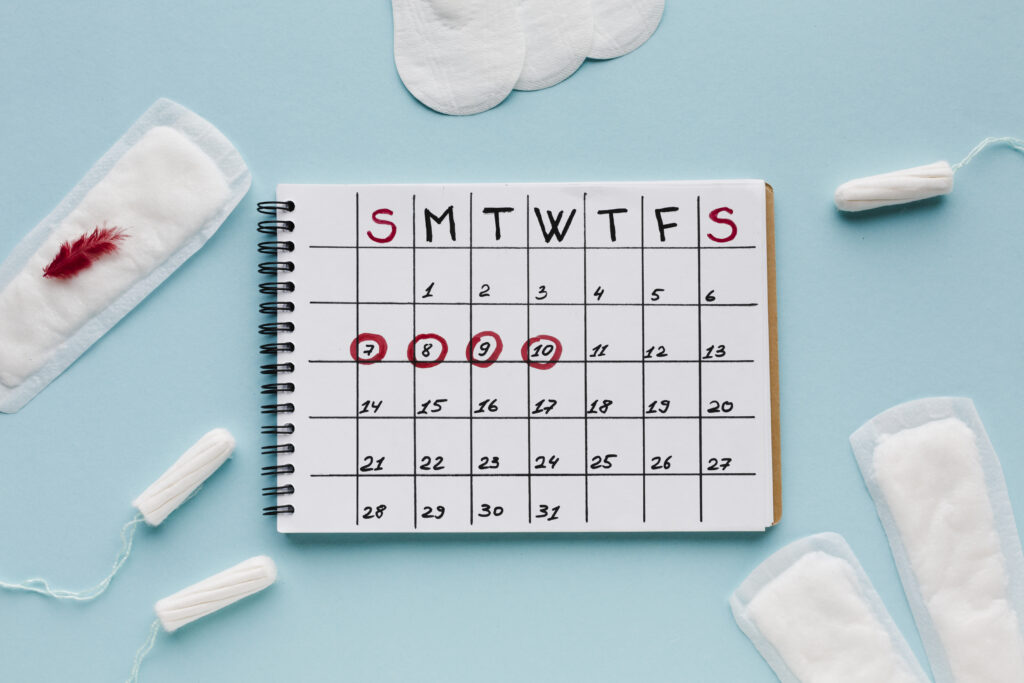
Tracking your menstrual cycle can also be beneficial. By understanding your cycle, you can prepare for cramps and manage symptoms more effectively. Using a period tracking app or keeping a journal can help you note symptoms, triggers, and what remedies work best for you.
Benefits of Tracking:
- Tracking helps identify patterns in pain and triggers, allowing you to take preventative measures.
- It also allows you to plan for remedies in advance, ensuring that you are better prepared.
- In addition, it can improve communication with healthcare providers if necessary.
Final Thoughts
Dealing with menstrual cramps doesn’t have to be a struggle. By incorporating these natural relief methods into your routine, you can ease discomfort and improve your overall well-being. From heat therapy and herbal teas to stress management and a balanced diet, these remedies offer holistic solutions. Experiment with different options to discover what works best for your body, and enjoy a more comfortable menstrual cycle.